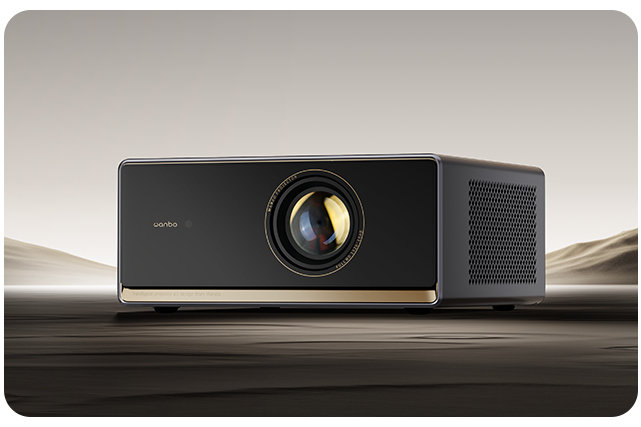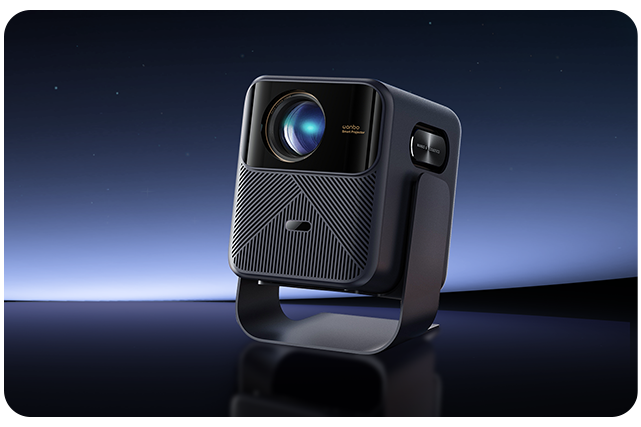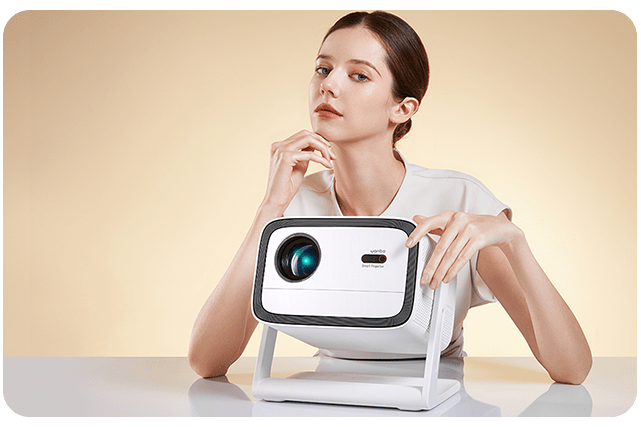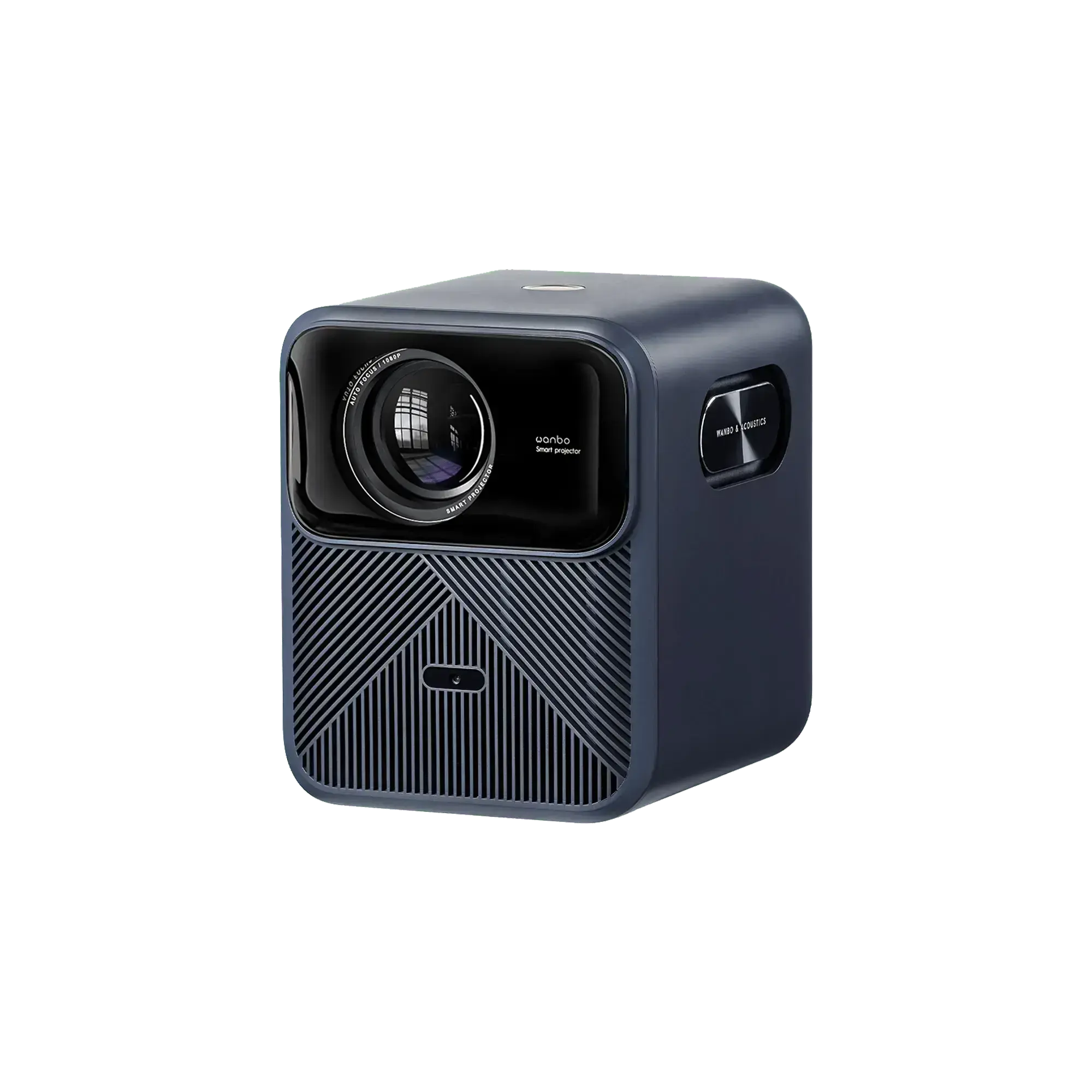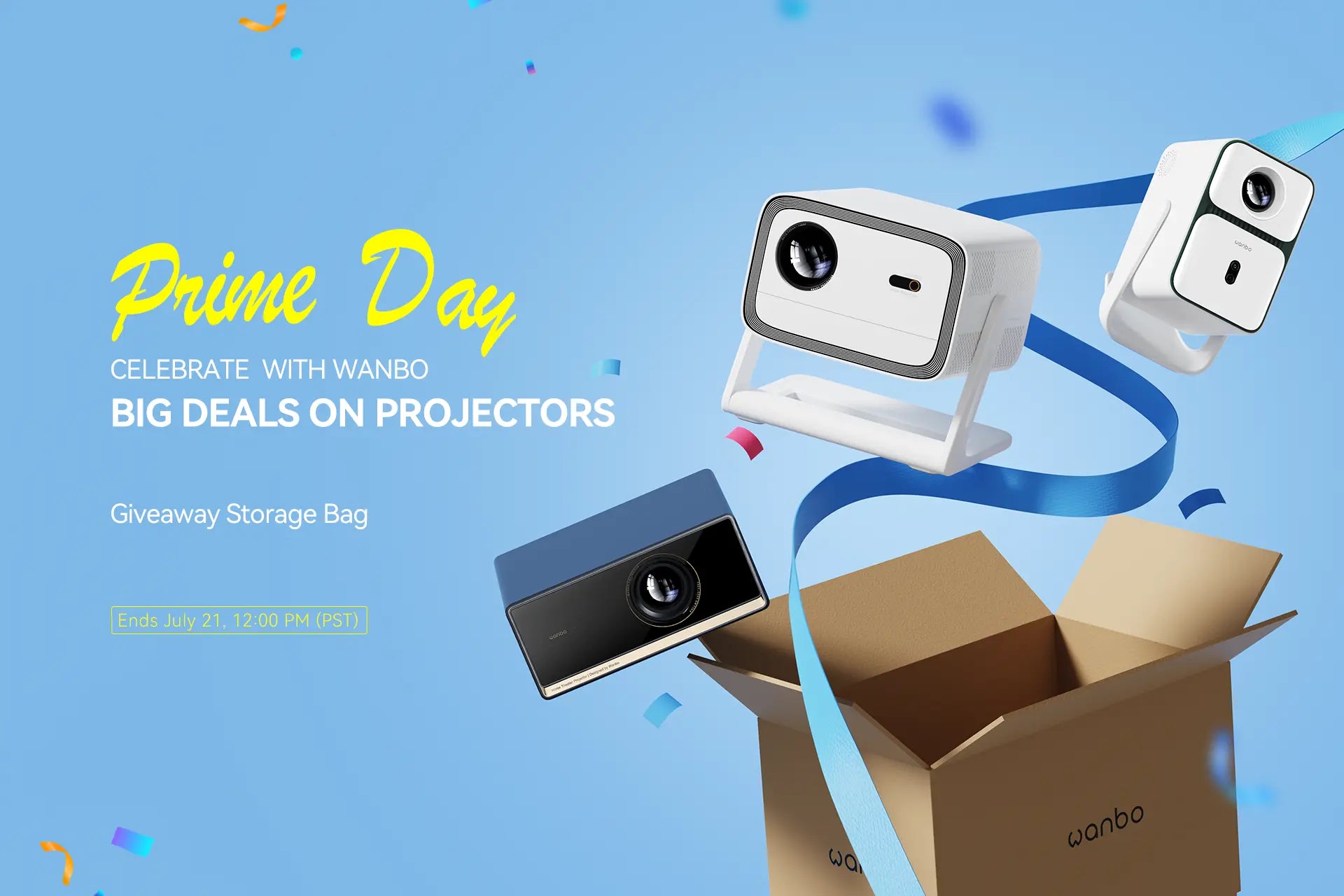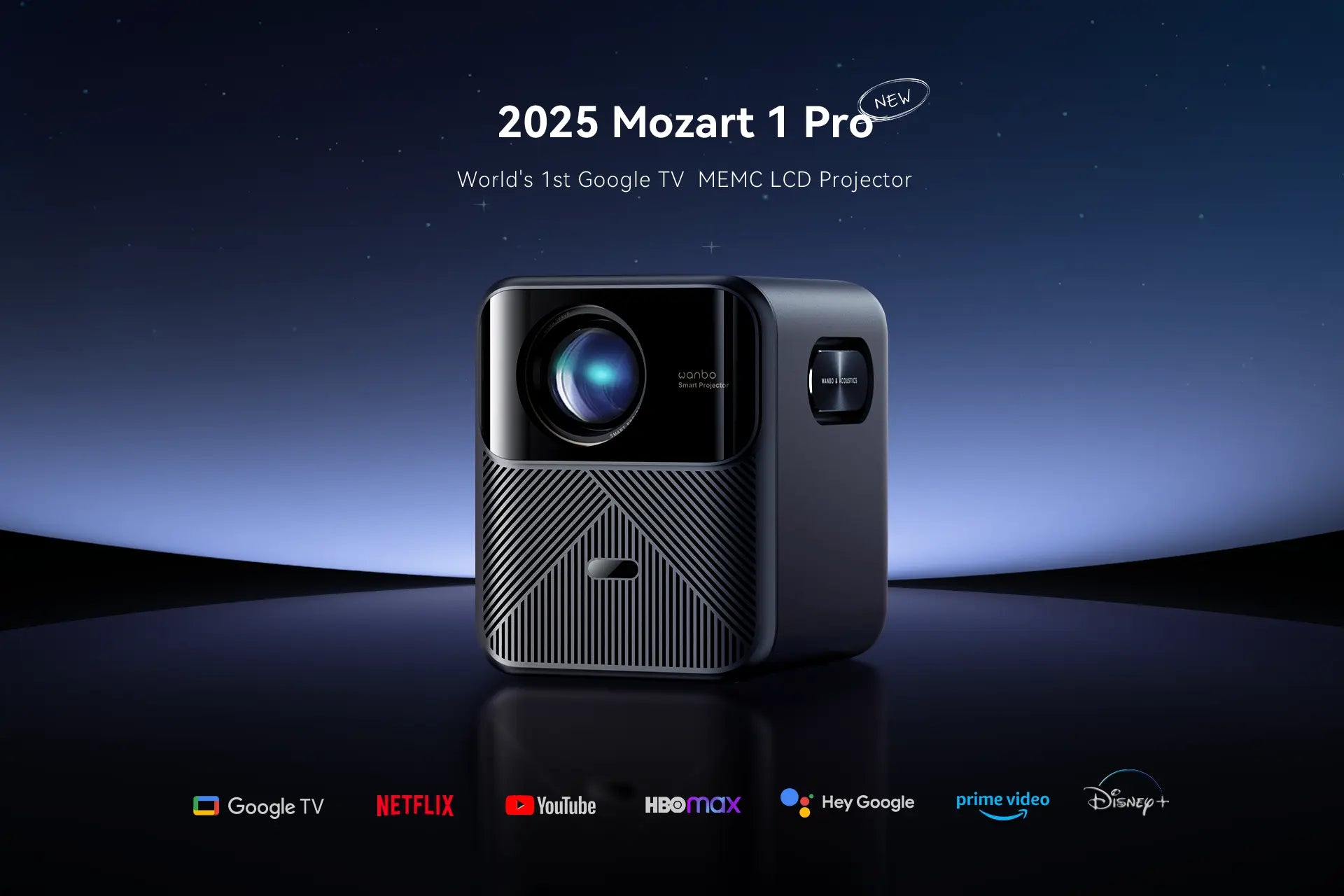Projector Buying Guide: 5 Things Americans Should Check Before Buying
From cozy movie nights to epic gaming marathons, projectors have transformed home entertainment. But with endless options, how do you pick the right one? Skip the overwhelm: Here’s your go-to guide with 5 critical factors every American should check before hitting "buy," backed by 2025 trends and expert insights.
1. Brightness: ANSI Lumens = Real-World Performance
Brightness makes or breaks your viewing experience, especially if you’re using the projector in a room with natural light. But not all "lumens" are created equal.
ANSI lumens (certified by the American National Standards Institute) is the only metric that measures actual brightness across the entire screen. Avoid brands that hype "LED lumens" or "peak lumens"—these often overinflate specs by 50-70%.
What to aim for:
Dark rooms/bedrooms: 500-1000 ANSI lumens (perfect for midnight movies).
Daylit living rooms: 1000+ ANSI lumens (paired with an anti-glare screen for sharpness).
Outdoor use: 2000+ ANSI lumens (fight back against sunlight!).
2. Resolution: Don’t Fall for "Pseudo-4K" Hype
Resolution dictates how sharp your image will be, but marketing terms like "4K compatible" can mislead. The key is native resolution:
1080p (Full HD): common in mid-range models.
True 4K: typically found in $2,000+ premium projectors.
It is recommended to choose at least 1080P native resolution. A resolution that is too low will affect the viewing experience. If you have sufficient budget, you can choose 4K resolution to enjoy a more immersive viewing experience.
3. Light Source: LED vs. Laser vs. Lamp
Projectors use three main light sources, each with trade-offs:
LED: Long lifespan (up to 30,000 hours), energy-efficient, but lower brightness.
Laser: Brighter, richer colors, but pricier. Ideal for daylight use.
Lamp: Brightest but shortest lifespan (2,000–5,000 hours) and frequent bulb replacements.
For most households, LED or laser lights are better long-term investments—skip lamps unless you need maximum brightness for large venues.
4. Throw Ratio: Match It to Your Space
The throw ratio (distance from the screen ÷ screen width) determines how large a picture you can project in your room.
Short-throw (ratio <1): Perfect for small spaces—2 feet can project a 100-inch screen. Great for apartments.
Long-throw (ratio 1.2–1.5): Requires 3+ feet of distance, better for larger rooms or dedicated home theaters.
Measure your available space first to avoid a too-small or too-large image.
5. Smart Features: Auto-Correction & Built-in Systems
Modern projectors aren’t just about picture quality—smart features elevate usability:
Auto keystone correction: Adjusts for off-center placement, ensuring a rectangular image. Look for 4-corner auto-correction for precision.
Smooth OS: Built-in Android systems (e.g., from brands like Wanbo) let you stream apps like Netflix directly, eliminating the need for external devices.
Low noise: Aim for <30dB (library-level quiet) to avoid distractions during movies.
Final Verdict: Buy Smart, Watch Better
To recap: Prioritize ANSI lumens for brightness, native resolution for sharpness, an LED/laser light source for longevity, a throw ratio that fits your space, and smart features for hassle-free use.
Stick to trusted brands like Wanbo—we’re less likely to cut corners on specs. And if possible, test the projector in-store (or order from a retailer with a 30-day return policy) to see how it performs in your home.
Ready to turn your living room into a theater? Check these 5 boxes, and you’ll be enjoying crisp, cinematic nights—no regrets!


